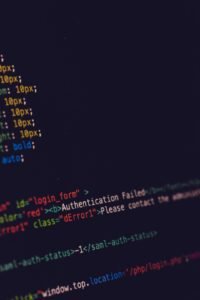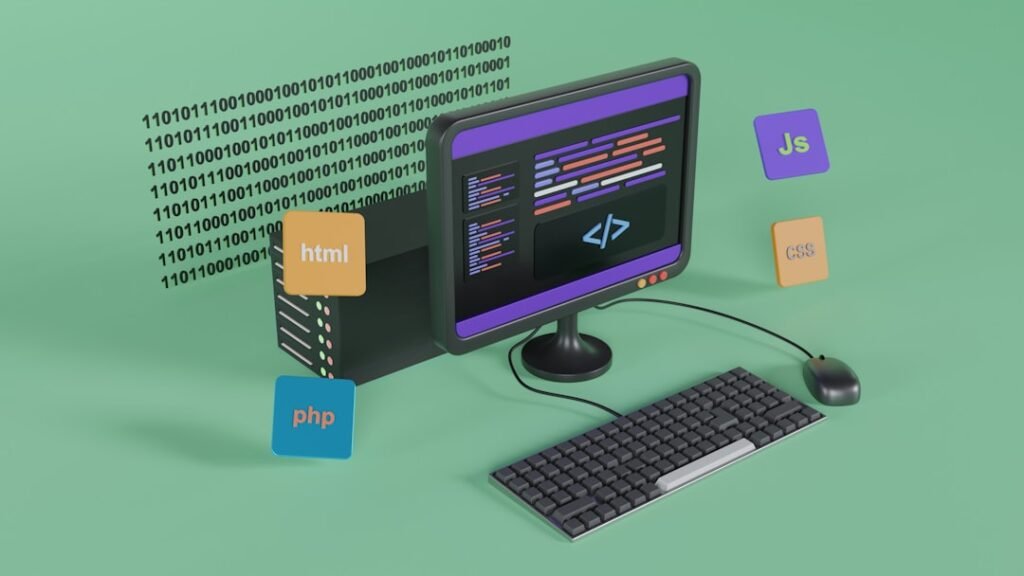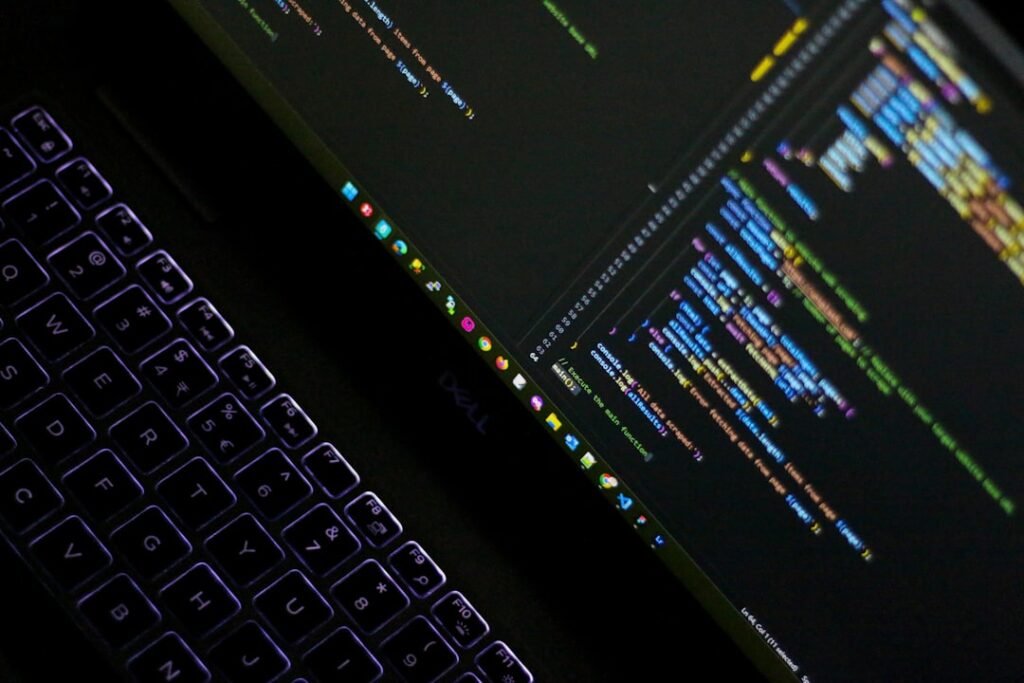{“introduction”:”Tokenization of stocks is rapidly emerging as the leading narrative for the convergence of traditional finance (TradFi) and Web3 by 2025. Data from rwa.xyz indicates that the market capitalization of tokenized stock assets has surged from nearly zero to hundreds of millions of dollars this year, signaling a shift from conceptual exploration to practical implementation. This evolution has progressed from synthetic assets to physically-backed models, with further advancements into derivatives and other sophisticated financial instruments.”,”sections”:[{“title”:”Understanding Stock Tokenization”,”content”:”Stock tokenization involves representing traditional equities as digital tokens on a blockchain, where each token signifies fractional ownership of the underlying asset. These tokens enable 24/7 trading, transcending the temporal and geographical constraints of conventional stock markets and granting global investors seamless access.”},{“title”:”Evolution of Tokenization Models”,”content”:”Early projects like Synthetix and Mirror pioneered synthetic asset mechanisms, allowing users to mint and trade tokenized versions of stocks (e.g., TSLA, AAPL) through over-collateralization. However, these models lacked actual ownership of the underlying assets, exposing them to risks such as oracle failures or collateral crashes, as seen with Mirror’s collapse following UST’s downfall.\n\nThe current wave of stock tokenization distinguishes itself by adopting physically-backed models, which fall into two primary categories:\n- **Third-party compliant issuance**: Platforms like Backed Finance (xStocks) and MyStonks partner with regulated entities (e.g., Fidelity) to ensure 1:1 backing of tokens with real stocks.\n- **Licensed broker-dealer models**: Entities like Robinhood leverage their brokerage licenses to facilitate end-to-end tokenization, from stock acquisition to on-chain issuance.”},{“title”:”Key Players in the Ecosystem”,”content”:”The tokenized stock ecosystem comprises infrastructure (blockchains, oracles), issuance platforms, and trading layers. Notable projects include:\n1. **Ondo Finance**: Expanding from RWA tokenization (e.g., USDY, OUSG) into equities, collaborating with Anchorage Digital for compliant custody.\n2. **Injective**: A financial-focused blockchain supporting diverse tokenized assets (stocks, gold, forex) with institutional connectivity (Coinbase, Circle).\n3. **MyStonks**: A pioneer in tokenized U.S. equities, integrating PFOF mechanisms for enhanced liquidity.\n4. **Backed Finance**: A cross-market platform compliant with MiCA regulations, offering tokenized ETFs and European securities.\n5. **Block Street**: A DeFi protocol enabling borrowing against tokenized stocks, unlocking liquidity without asset sales.”},{“title”:”Future Prospects: Breaking Down Barriers”,”content”:”While current solutions democratize access by eliminating account requirements and geographical restrictions, the next phase hinges on enhancing financial utility. Derivative products (e.g., options, structured instruments) and composability (e.g., collateralization in DeFi) could propel tokenized stocks into a trillion-dollar market, mirroring ETH’s evolution during DeFi Summer.\n\nTokenized stocks represent a critical bridge between capital markets and blockchain, with potential to rival tokenized treasuries as the dominant RWA asset class. As infrastructure matures and institutional adoption grows, this sector may redefine global equity liquidity and accessibility.”}],”disclaimer”:”This content is for informational purposes only and does not constitute investment advice or an offer. Readers should comply with local regulations.”}












